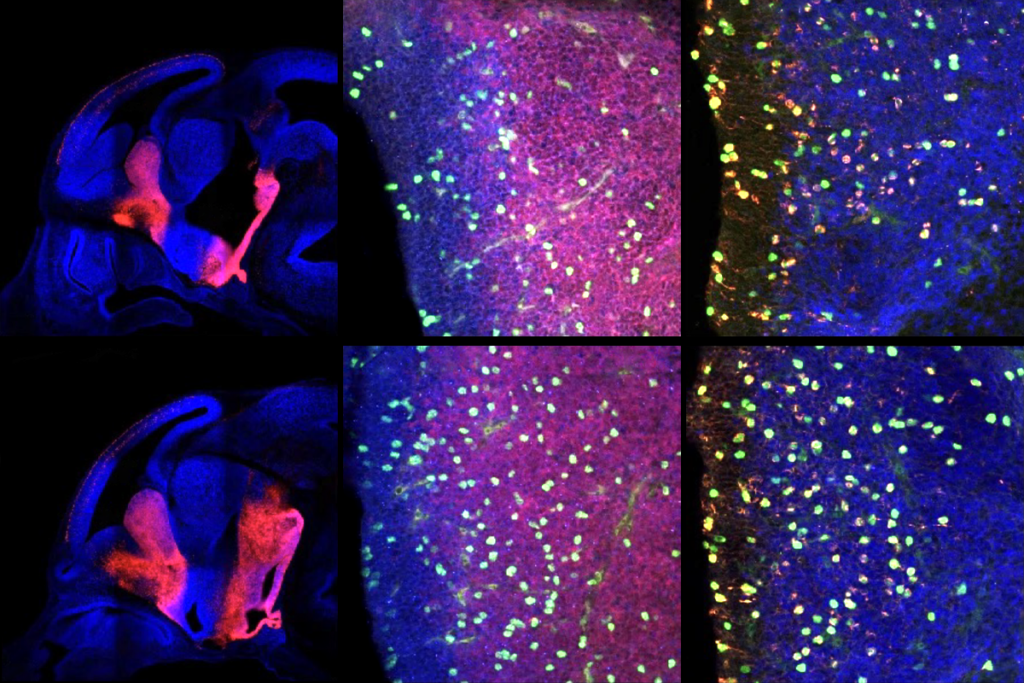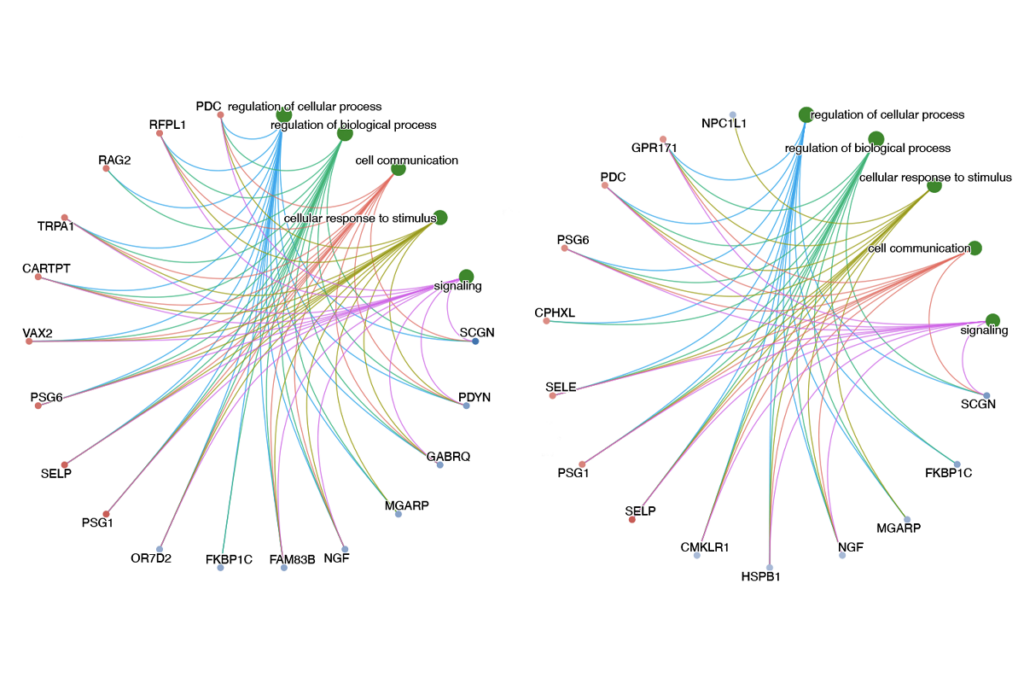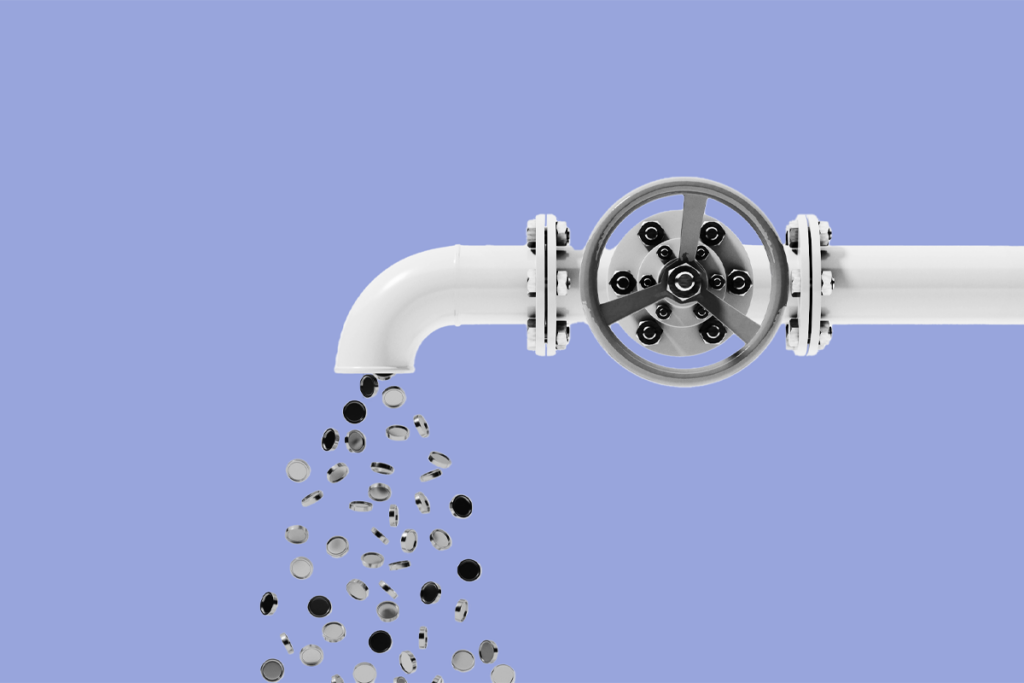‘Brain-normalizing’ therapy points to new kind of biomarker
Pivotal response treatment, an effective form of behavioral therapy for autism, normalizes brain activity in children with the disorder, according to a small study published earlier this month in Brain Imaging and Behavior. This suggests that brain imaging can signal early responses to autism treatments.
Pivotal response treatment, one of the most effective forms of behavioral therapy for autism, normalizes brain activity in children with the disorder. The findings, published 5 November in Brain Imaging and Behavior, suggest that imaging studies can signal early responses to autism treatments1.
“All of the children in our study made clinically meaningful improvements,” says Pamela Ventola, assistant professor in the Child Study Center at Yale University. “Their brain responses changed after treatment so that they were more similar to typically developing kids.”
Pivotal response treatment helps people with autism develop social and communication skills through self-initiated, age-appropriate play. A child who wants to play with bubbles, for example, must first make eye contact with the adult delivering the treatment — usually a parent or a therapist — and ask to play.
Ventola and her colleagues used functional magnetic resonance imaging (fMRI) to track changes in brain activity before and after pivotal response treatment in ten preschool-aged children with autism who have intelligence quotients greater than 70. They first collected baseline scans while the children watched videos of dots that were either randomly distributed or arranged in human-shaped patterns.
All of the children had abnormal brain activity compared with five typically developing children. But half of the children with autism showed more activation in social regions of the brain than the controls did, whereas the other half showed less.
The children then underwent four months of pivotal response treatment, which was administered for seven hours per week — five with researchers in the clinic and two with their parents at home — before undergoing another fMRI scan.
Surprisingly, children in both the overactive and underactive groups showed significant brain changes — but in opposite directions. Those with an overactive social brain showed decreased activation in brain areas that regulate stimulation and attention focus, such as the thalamus, amygdala and hippocampus. Conversely, children with an underactive social brain showed increased activation in brain areas associated with reward, such as the ventral striatum and putamen.
“The changes in these regions are consistent with the children finding the stimuli more socially rewarding,” says lead researcher Kevin Pelphrey, director of the Child Neuroscience Laboratory at Yale University. “So the path to normal function was through altering the reward response.”
Nearing normal:
The findings suggest that pivotal response treatment triggers changes in the brain that influence behavior. “This gives us a unique perspective on how flexible the brain can be in adapting to new experience,” says Grace Gengoux, clinical assistant professor of child and adolescent psychiatry at Stanford University in California, who was not involved in the research.
The study must be replicated in a larger, more diverse population of people with autism. It is unclear, for instance, whether similar brain changes would occur in adults with autism or in those with intellectual disability. It is also unclear whether the brain changes persist if the therapy is stopped. “We can’t exactly say yet how long the effects last, but we are doing a follow-up study,” Ventola says.
Pivotal response treatment was invented nearly 30 years ago. It has since emerged as a popular behavioral therapy backed by a number of large studies that have demonstrated its effectiveness. But the mechanism underlying the treatment’s success has been unclear.
“We’ve speculated for decades that we were more than fixing the symptoms of autism, and that we were actually repairing the brain,” says Robert Koegel, director of the Koegel Autism Center and professor of clinical psychology and special education at the University of California, Santa Barbara. Koegel invented the therapy along with his wife, Lynn Kern Koegel. “We can now develop methods of focusing the treatment so that it impacts the critical areas of the brain,” he says.
A 2012 study2 showed similar results with a different form of behavioral therapy, known as the Early Start Denver Model. After two years of that therapy, 48 children with autism showed patterns of brain activity that were more similar to those seen in their typically developing peers, as measured by electroencephalography.
Taken together, the findings suggest that brain imaging can help researchers gauge the effectiveness of various treatments before behavioral changes appear.
“In essence, we would be able to determine if the treatment will work based on a particular brain-based marker before the family devotes significant time and resources into the treatment,” Ventola says.
Ventola has also begun investigating whether brain imaging can help tailor pivotal response treatment to individual patients for better results. “Better understanding of how and why a treatment works is key to making better treatments,” she says. “We’ve found that, regardless of your neuroprofile, this treatment is effective — but can we make it better?”
References:
1: Ventola P. et al. Brain Imaging Behav. Epub ahead of print (2014) PubMed
2: Dawson G. et al. J. Am. Acad. Child Adolesc. Psychiatry 51, 1150-1159 (2012) PubMed
Recommended reading

PTEN problems underscore autism connection to excess brain fluid

Autism traits, mental health conditions interact in sex-dependent ways in early development

New tool may help untangle downstream effects of autism-linked genes
Explore more from The Transmitter

Newly awarded NIH grants for neuroscience lag 77 percent behind previous nine-year average

